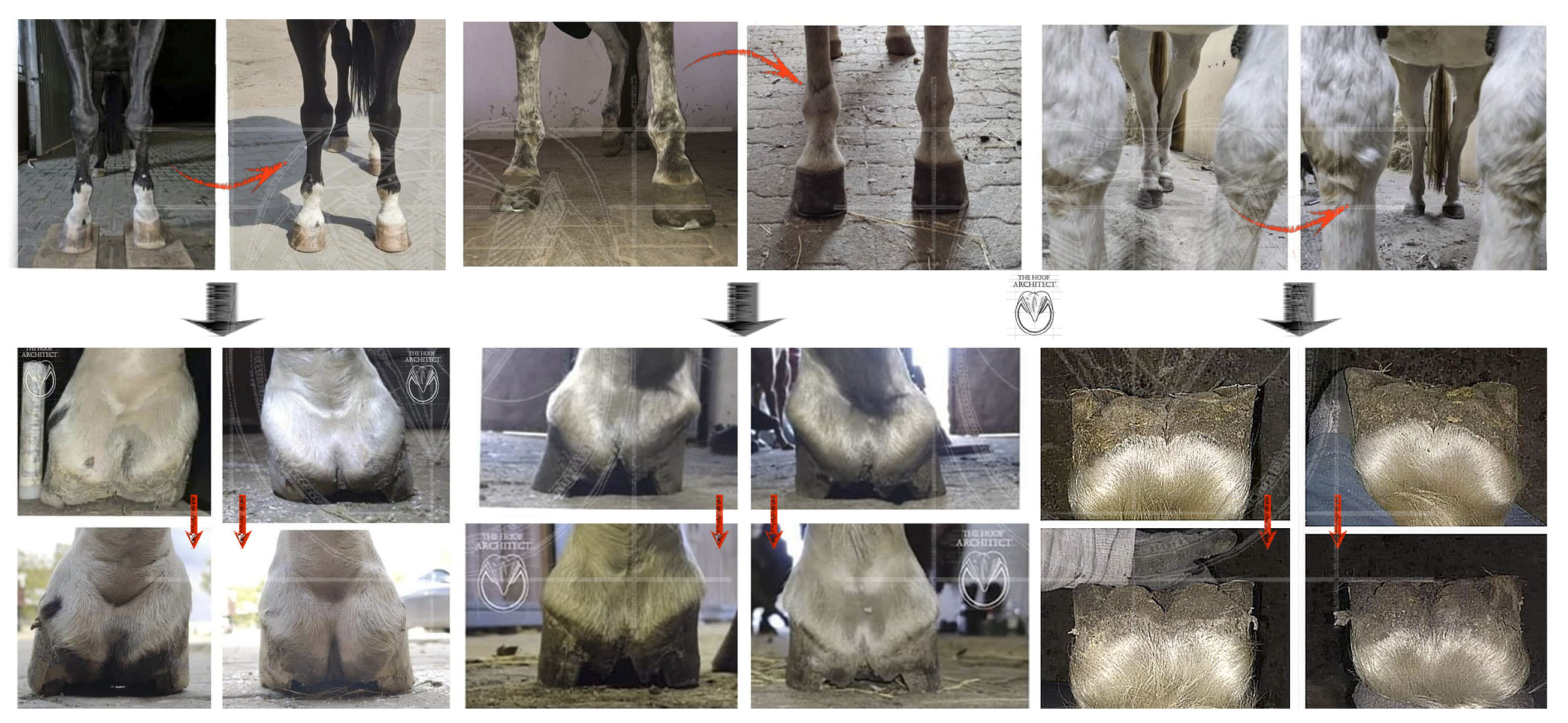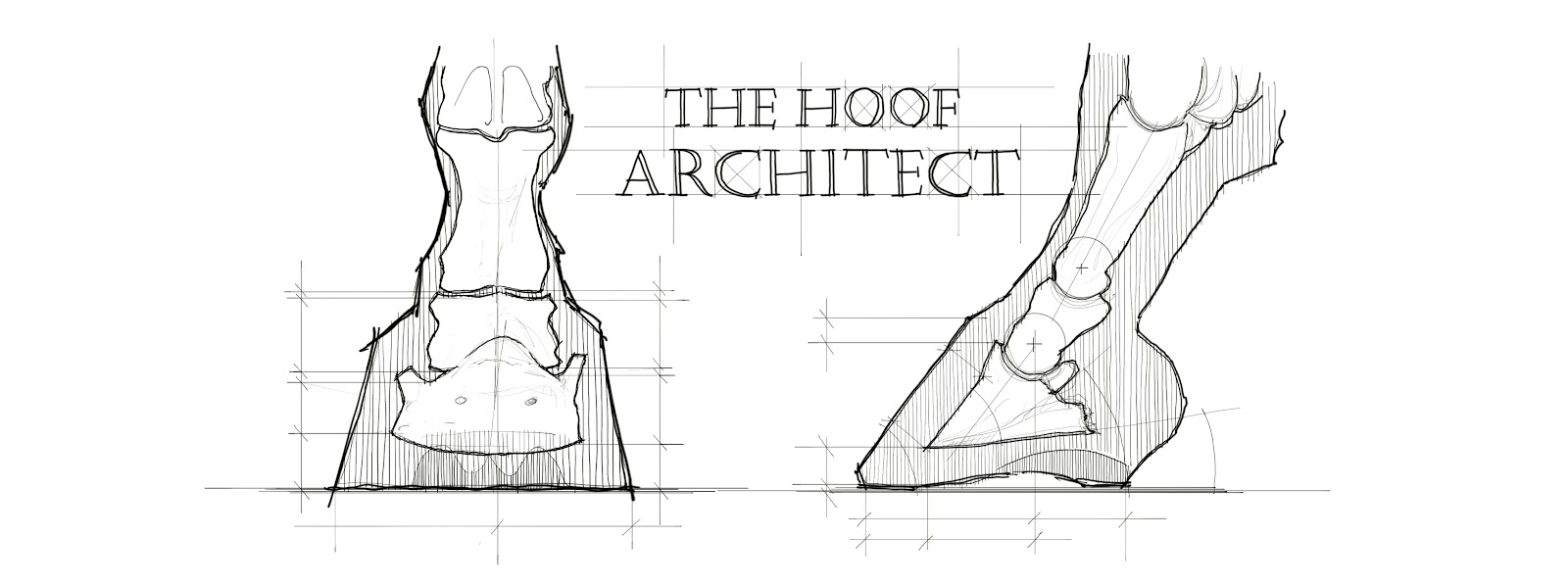Demistifying equine limb deformities and how they refer to hoof capsule distortions - 4 hoof types

In part I of this series of articles we have gone through the ways in which horses’ limbs can be deformed and learned how and why hoof capsule distortions occur. In this part we are going to focus on correlations between specific limb deformities and corresponding hoof deformation patterns.


